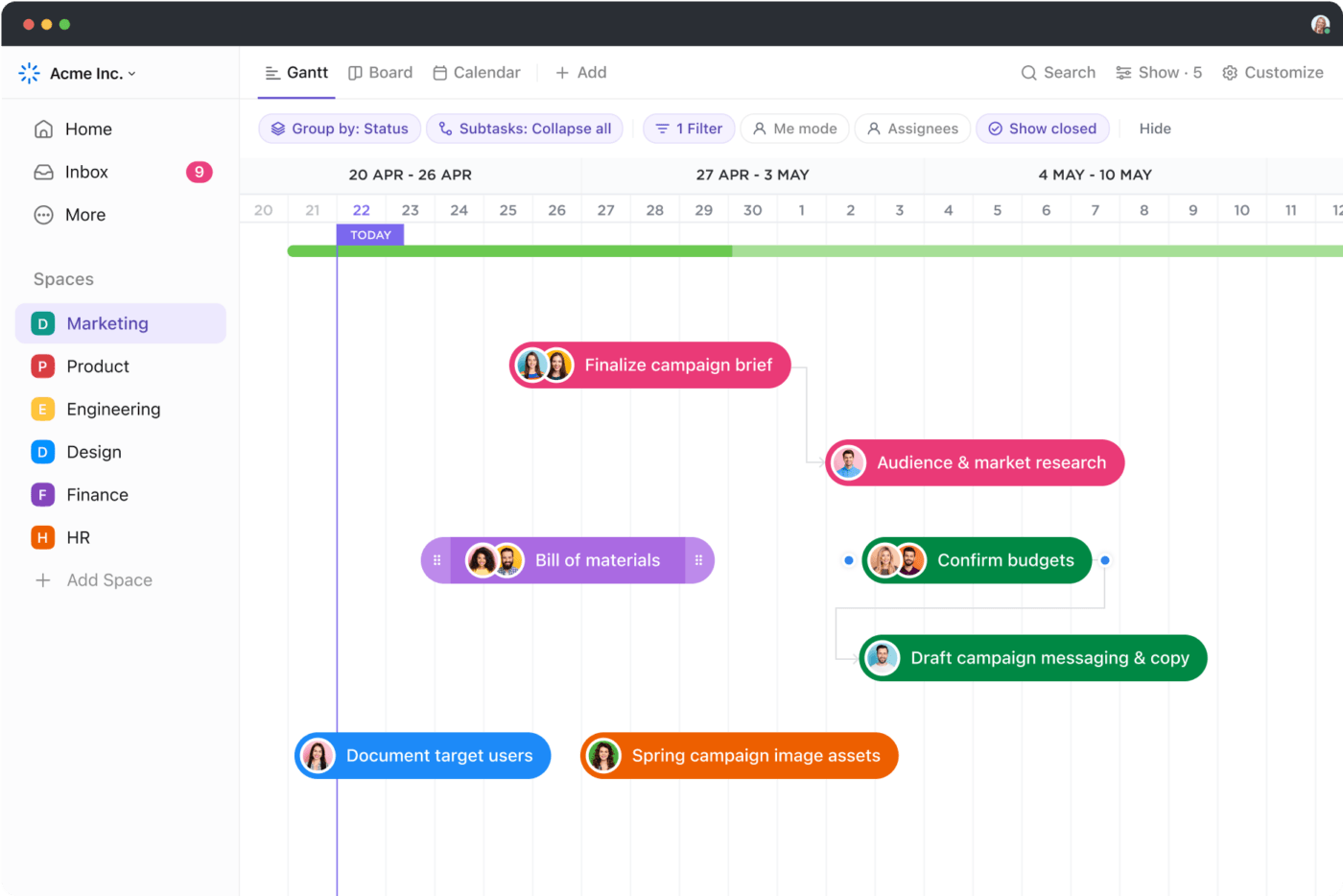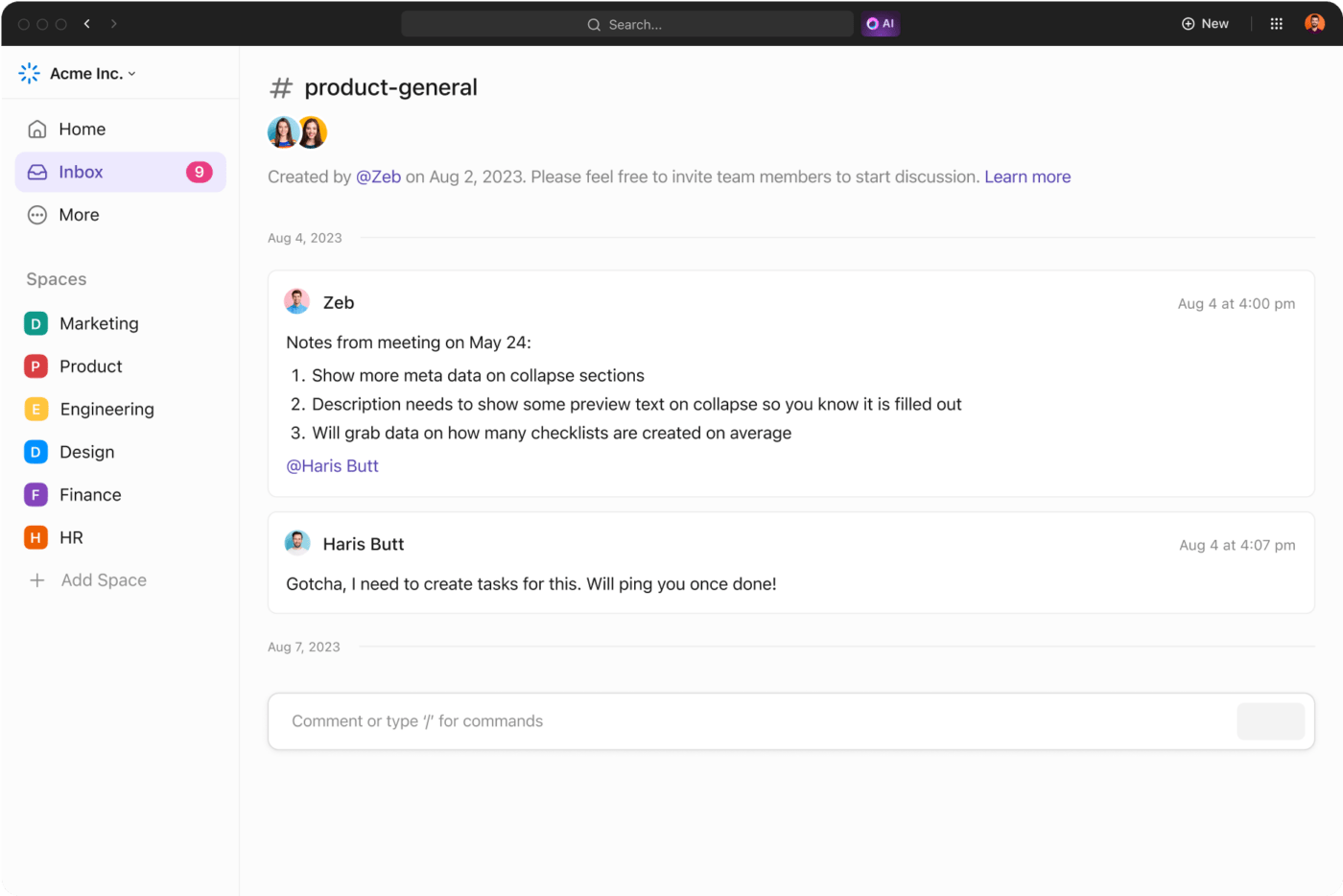‘Never Split the Difference’ Book Summary & Review

Sorry, there were no results found for “”
Sorry, there were no results found for “”
Sorry, there were no results found for “”

Have you ever lost huge contracts to someone less qualified than you? You almost had the deal, but the prospect ghosted you.
Maybe better negotiation could’ve turned the tide in your favor. Ever wonder how?
Chris Voss shares a detailed overview of his negotiation techniques and secrets in his book ‘Never Split the Difference: Negotiating As If Your Life Depended On It.’
Voss spent over 24 years of his career with the FBI, negotiating successfully with hundreds of the world’s toughest people. In this book, the former international FBI hostage negotiator shares his tried and tested tactics and strategies for high-stakes negotiations and being more persuasive in life.
Today, we’re exploring Voss’s successful ideas and pointing out key takeaways for your real-life business deals, including ways to make the most of his invaluable negotiation secrets. Let’s dive into the Never Split the Difference summary!
But before that, if you want to read more books like this but don’t have the time, check out our curated collection of 25 Must-Read Productivity Book Summaries in one place. You can save, edit, bookmark, and even export it.


In Never Split the Difference, each chapter dives into real-world scenarios, offering practical negotiation techniques. These principles can be of use not only in hostage situations but also in the workplace.
The book discusses how calibrated questions effectively expose hidden secrets and help you gain control. These open-ended inquiries, such as “What’s your biggest challenge here?” or “How is your product better than theirs?” shed light on the perspectives and weaknesses of the other party, providing a strategic advantage.
Voss also shares how one can build trust and bridge emotional divides through tactical empathy. Tactical empathy shows us both the emotional obstacles and the ways to overcome them. Validating someone’s emotion and tuning in to their feelings and motivations builds rapport. This sets the stage for agreements that benefit everyone involved.
Interestingly, Voss debunks the notion that ‘no’ is a negotiation killer. Saying ‘no’ lets you express your needs to the other party, avoid false agreements, and buy time for thoughtful decision-making. The ultimate goal is to achieve a genuine ‘yes,’ not concede hastily.
The book also explains how active listening is a negotiation superpower, enabling you to effectively identify critical concerns, anticipate objections, and tailor your approach. At the same time, taking a moment to pause lets you reflect and might reveal some valuable insights during negotiations.
In addition, Voss suggests labeling emotions like ‘frustration’ or ‘concern’; this lets you recognize the other person’s feelings, allowing more open communication.
Never Split the Difference by Chris Voss is a captivating exploration of real negotiation situations, offering valuable lessons to enhance your success in persuasion and deal-making.
We’ve compiled some of its key takeaways in this Never Split the Difference summary for you:
Chris Voss highlights how the FBI learned from history and adapted its training, prioritizing empathy, effective listening, and understanding, ultimately revolutionizing their negotiation processes.
From ancient times, when armed forces were the primary solution, negotiations emerged as a crucial tool in the 20th century. Deadly hostage crises prompted the establishment of dedicated negotiation units and the Harvard Negotiation Project in 1979.
But the project missed a crucial aspect—human emotions. This became evident when Tversky and Kahneman’s research showed how unpredictable and irrational human decision-making can be. It highlighted the importance of integrating emotional intelligence into negotiations.
In the tense scenario of a bank heist with hostages, Voss illustrates the power of active listening in negotiation. Officer Joe, guided by Voss, navigates a call with kidnappers, emphasizing the tendency of humans to overlook crucial information due to selective attention.
In the book, Voss advocates for active listening, urging you to focus on a counterpart’s words rather than assumptions. He warns against premature conclusions and highlights the strategic advantage of acknowledging emotions without necessarily agreeing with the other party.
During the bank heist, the negotiation duo employs three tactics: a late-night DJ voice for trust-building, a slow-paced conversation for comprehension, and mirroring to establish trust. These techniques, including mirroring roughly the same words as the hostage-taker’s, help Joe persuade the robbers to release the hostages and surrender.
Read more: How to request information from potential vendors
In describing a high-stakes manhunt for three fugitives, Voss showcases the effectiveness of empathetic labeling and mirroring. Despite the silence of the suspects behind a locked door, Voss’s negotiation skills prove influential.
Voss builds trust by speaking empathetically and aligning with the fugitives’ perspective. He also acknowledges their emotions without resorting to threats or shouting.
Through skilled interaction, Voss validates the suspects’ feelings of fear and panic, gradually gaining their trust. Finally, his ability to connect with their emotions leads to a successful negotiation, with the fugitives surrendering after six hours.
By labeling or identifying the other person’s emotional state, you show that you understand them. To do this well, you should be able to detect their emotions correctly by carefully observing them. When you pay attention to someone’s facial expression, body language, and tone of voice, you start to understand how they may be thinking and feeling. This is a process called neural resonance.
Voss shares another valuable lesson he learned from his experience at a crisis hotline. He reveals how saying ‘no’ to the other party can immediately transform negotiations.
The chapter emphasizes that saying ‘no’ is a potent negotiation tool. Voss argues that it allows for discussions on real issues, promotes open-mindedness, and enhances decision-making clarity.
Rejecting unfavorable deals strategically grants you control and emotional ease, ultimately increasing credibility. Voss encourages the use of ‘no’ as an opportunity to explore new possibilities rather than a mere refusal.
Voss unfolds a compelling story where two simple words, ‘that’s right,’ become instrumental in transforming a high-stakes negotiation. Voss narrates the rescue of Jeffrey Schilling, kidnapped in 2000 by a militant Islamic group led by the formidable Abu Sabaya.
Benjie, a military officer, initially skeptical of negotiating, follows the FBI’s advice, employing Voss’s trust-building tactics. As Sabaya presents war damages grievances, Benjie mirrors and labels them, leading to a breakthrough when Sabaya acknowledges with a ‘that’s right.’ Astonishingly, this affirmation leads to Schilling’s release without paying the demanded ransom.
Voss highlights the strategic use of ‘that’s right’ as a powerful affirmation in negotiations. The phrase allows the other party to indicate they’ve heard you, and agree with you, without feeling that they’re giving in.
This technique brings parties closer in understanding and opinion.
Voss challenges the conventional notion that successful negotiation follows a linear path. He advocates for a deeper understanding of your counterpart’s negotiating style by uncovering hidden needs and blind spots.
The author shares a compelling story of a kidnapped Haitian politician, illustrating how the FBI, after analyzing the situation and detecting subtle signals, successfully opted for negotiation techniques over compromising on the ransom.
Voss cautions against the pitfalls of compromising, asserting that it exposes weaknesses. Instead, he introduces the concept of Loss Aversion Bias (people would rather avoid a loss than make a gain) and manipulation as tools for achieving favorable deals. He suggests letting the other side anchor monetary negotiations.
Voss unveils a powerful strategy—creating an illusion of control through calibrated questions. Empower your counterparts by posing open-ended queries instead of close-ended alternatives, fostering a sense of control (successful negotiation).
The author emphasizes that calibrated questions can unravel hidden problems and defuse potential conflicts. By wording questions with a ‘how’ or ‘what’, you’re implicitly asking the other party for help, making the opponent less defensive and more amenable to doing what you want them to do.
Open-ended questions allow a deeper exploration of the intentions of the other party, while closed-ended ones limit the scope of negotiation.
Voss equips you with essential tools to guarantee the authenticity of the other party.
The 7-38-55 Rule emphasizes the critical role of non-verbal cues—words contribute only 7%, while the tone of voice and body language together command a significant 93%. You should watch to see if their words match their tone and body language—if they don’t, your counterpart is probably lying.
The Rule of Three provides a unique insight into sincerity, suggesting that you get the other party to agree to something thrice in the same conversation. Since it’s difficult to fake agreement thrice, you can catch a lie by being vigilant.
Voss introduces The Pinocchio Effect as a final safeguard, highlighting the tendency of liars to use extra words, complex sentences, and excessive third-person pronouns. The more someone deviates from simplicity, the higher the likelihood of deception.
Mastering these tactics enables you to differentiate between honesty and deceit in negotiations.
Voss emphasizes a crucial pre-negotiation step: understanding your counterpart’s negotiation style. Here’s a breakdown of negotiator types and how to deal with them:
“Black Swan theory tells us that things happen that were previously thought to be impossible—or never thought of at all. This is not the same as saying that sometimes things happen against one-in-a-million odds, but rather that things never imagined do come to pass.”
Voss advises staying ready for unexpected outcomes in any negotiation. He breaks down knowledge into three aspects for a clearer picture:
💡📚 Enjoyed reading this? You’ll also love our curated collection of 25 Must-Read Productivity Book Summaries.
We couldn’t round off the Never Split the Difference summary without highlighting important quotes for you:
He who has learned to disagree without being disagreeable has discovered the most valuable secret of negotiation.
This powerful quote highlights the importance of maintaining a respectful and collaborative negotiation style, even when disagreeing with the other party. Effective negotiation isn’t about winning at all costs but managing competing priorities and finding a win-win solution for both parties.
The beauty of empathy is that it doesn’t demand that you agree with the other person’s ideas.
Voss emphasizes the power of tactical empathy in understanding your counterpart’s perspective, even if you don’t share their view. Acknowledging their feelings and concerns builds trust and rapport, thus creating a more productive negotiation environment.
Conflict brings out truth, creativity, and resolution.
While conflict can be uncomfortable, Voss sees it as an opportunity for growth and progress. By embracing open and effective communication and addressing differing viewpoints head-on, you can uncover hidden truths, unlock creative solutions to emotional obstacles, and ultimately reach a stronger resolution.
‘No’ is a powerful tool for several reasons.
First, it allows us to bring up real problems instead of falsely agreeing with everything. Secondly, it allows people to think carefully and make correct decisions. And lastly, by saying ‘no,’ people feel more in control and emotionally comfortable since, in a way, they protect themselves.
Voss challenges the traditional view of No as a negotiation dealbreaker. He argues that saying No can be a strategic tool to address hidden issues and encourage thoughtful decision-making. Instead of ending the negotiation, it empowers your counterpart to feel more secure.
To get real leverage in a tough negotiation, you must persuade the other party that they have something to lose if the deal falls through. But if a potential business partner is being tough, use a clear, concise, No-oriented question that suggests you are ready to walk away.
Now that you have the key takeaways from our Never Split the Difference summary, how about putting them into practice? As more deals and contracts roll in, ClickUp offers you the best platform to improve productivity as you control successful negotiations with your team members. Break down negotiation goals with ClickUp Goals and tasks with ClickUp Tasks.

Store contract documents and negotiation notes directly in tasks for easy reference and collaboration. Additionally, use ClickUp’s integrations with tools like Zoom to record calls and leverage our ClickUp AI transcription to identify all the moments that matter along with emotional cues.
Fill in insights about your counterpart’s motivations, concerns, and communication style using Custom Fields in ClickUp.
Share insights and strategies with your team members using ClickUp’s collaboration features to ensure everyone is aligned with your approach.

The ClickUp Gantt charts and timelines have simplified how you’ll track negotiation stages and identify potential bottlenecks or delays. Analyze and review negotiation outcomes to assess strengths, weaknesses, and areas for improvement and refine your operation’s strategy over time.
Here are more features to enhance your negotiation:

If you enjoyed this Never Split The Difference summary, you might also enjoy this summary of Crucial Conversations. Now that everything is available to seal your next big deal, why not take action?
Start with ClickUp today, free of charge. Sign up here.
© 2025 ClickUp